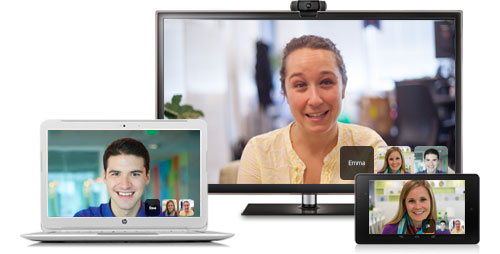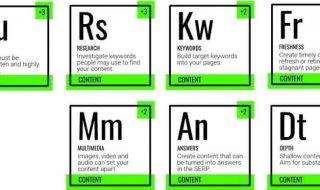
Maybe it’s your first virtual conference, or maybe you’re just looking to upgrade your presentation skills. Either way, you need to know the basics to putting on a great conference, and then figure out how to translate those over what could be hundreds or thousands of miles to your remote clients and colleagues. Virtual conferencing is different from onsite meetings due in part to the limited range of vision, but also because many services allow you to record and post your conference for later streaming; this makes it possible for clients, coworkers and employees from around the globe to review and re-review content without having to wait for a file to sync to the cloud or for a colleague to email over their notes.
It’s also possible to pre-record videos for training, question and answer sessions and more; it’s a simple process to share your videos with a network or service like Blue Jeans network, once you understand the platform and know what you want to say.
Keeping Virtual Conferences on Track

Put on a Great Virtual Conference: 5 Tips
To really have a great virtual conference, the first key is scheduling. According to Chron, the best way to stay on track with timing and scheduling of your meeting is to make and utilize an agenda; this helps keep the meeting on track, lets attendees know that efficiency and structure are important to you and your business, and will help the group collaborate in an orderly fashion.
A few notes about putting together an agenda:
- Make sure your meeting starts with a short window for introductions, usually about 10 minutes
- Always schedule a little more time than you need, between 10 and 30 minutes of extra time should be enough to handle any glitches or tangents you may find yourself working through
- Open the floor for questions for 5 to 10 minutes after each segment, and then again for 20 minutes at to 15 the end of the meeting
- Rehearse your presentation before you finalize the agenda to be sure your timing is accurate and the timeframe suits your needs; if it doesn’t, either reschedule the meeting and restructure your agenda, or rework your presentation to fit within the time limit
This isn’t the only step to keeping a virtual meeting on track, however. You should test your video, audio and presentation quality before you start the meeting in order to make sure everyone in attendance can see, hear and communicate with you clearly and easily throughout the course of the conference. You always want to make sure that you speak clearly to allow anyone reviewing the conference footage later to understand you as clearly as the original attendees did. Quality control assures that you won’t have to put the meeting on hold while your camera refocuses or you replace the batteries in your microphone.
Posting Videos for Streaming

chromebox for meetings – Google
Another great way to put on a virtual conference is with the promise that everyone can watch your presentation—whether they were able to attend the live event or not. The American Genius recommends doing this to eliminate the all too common need delay in meetings due to employee absences. If a conference is recorded, it’s easy to just send out a link to your absent colleagues and avoid any dreaded “recap” meetings. For virtual meetings, this also makes it possible for late arrivals and anyone who suffered a technical glitch or two during the course of the conference to review the content and catch what they missed. While it all but eliminates the need for taking minutes, used in tandem a recording and meeting minutes could turn your most recent conference into an easily accessible information bank.
This could save you and your company a great deal of time if you need to repeat a presentation on a regular basis. Instead of rehashing the same content over and over, you can record the presentation once and send it out to clients, coworkers and others as needed, thereby avoid tedium and increasing your productivity. Just be sure to make sure that the recording quality is high enough not to put anyone off, as there’s little more quite as unprofessional as a “professional” presentation recorded at 240p.
Keep Communications Open

The Benefits of Face-to-Face Communication
Even if you opt to utilize your chosen video conferencing platform primarily for streaming rather than live conferences, it’s still important to make sure you keep lines of communication open. According to WAHM.com, regular meetings, conferences, and consistent face to face communication is the best way to maintain good business relationships. The more you talk with one another, the more comfortable it becomes for everyone involved.
Let everyone know when your next video will be available, invite people to virtually attend the live recording session and more using services like Blue Jeans and others. If everyone involved knows they can reach you in-person without actually being on-site, it makes for a better virtual experience all around.




